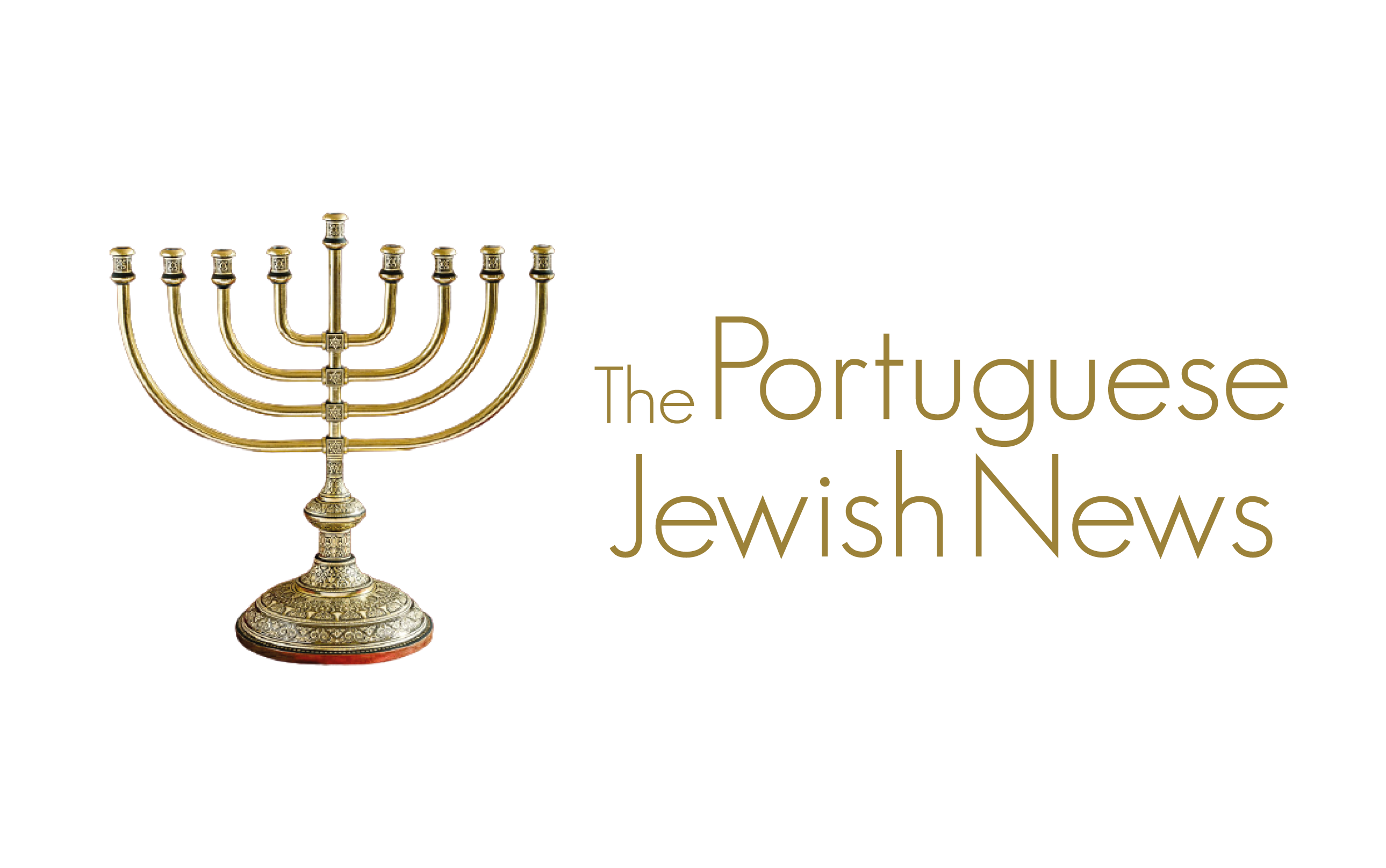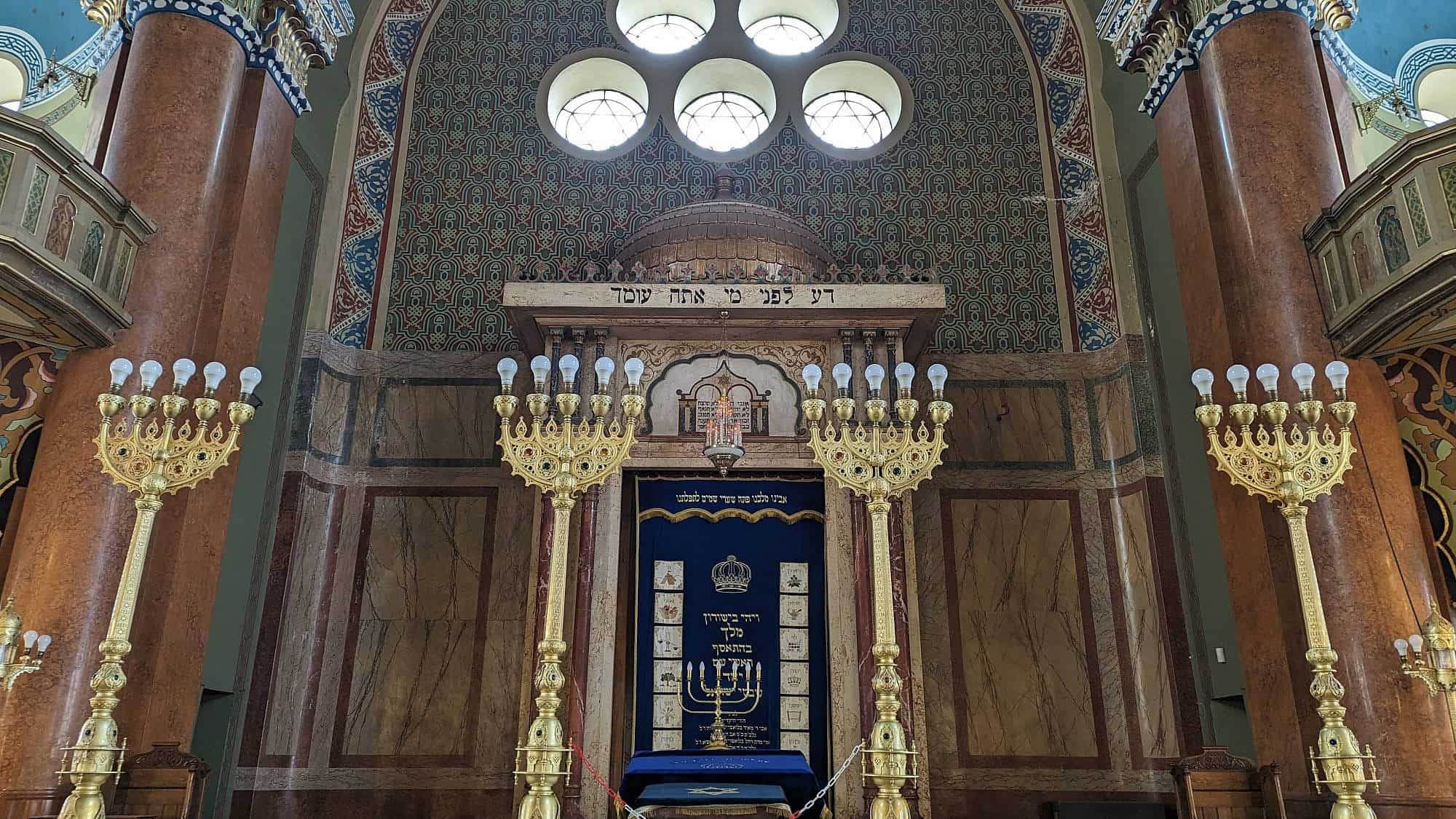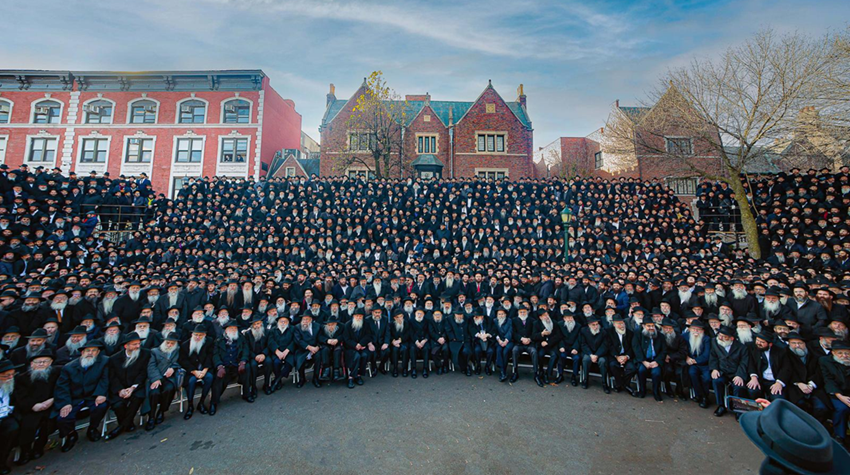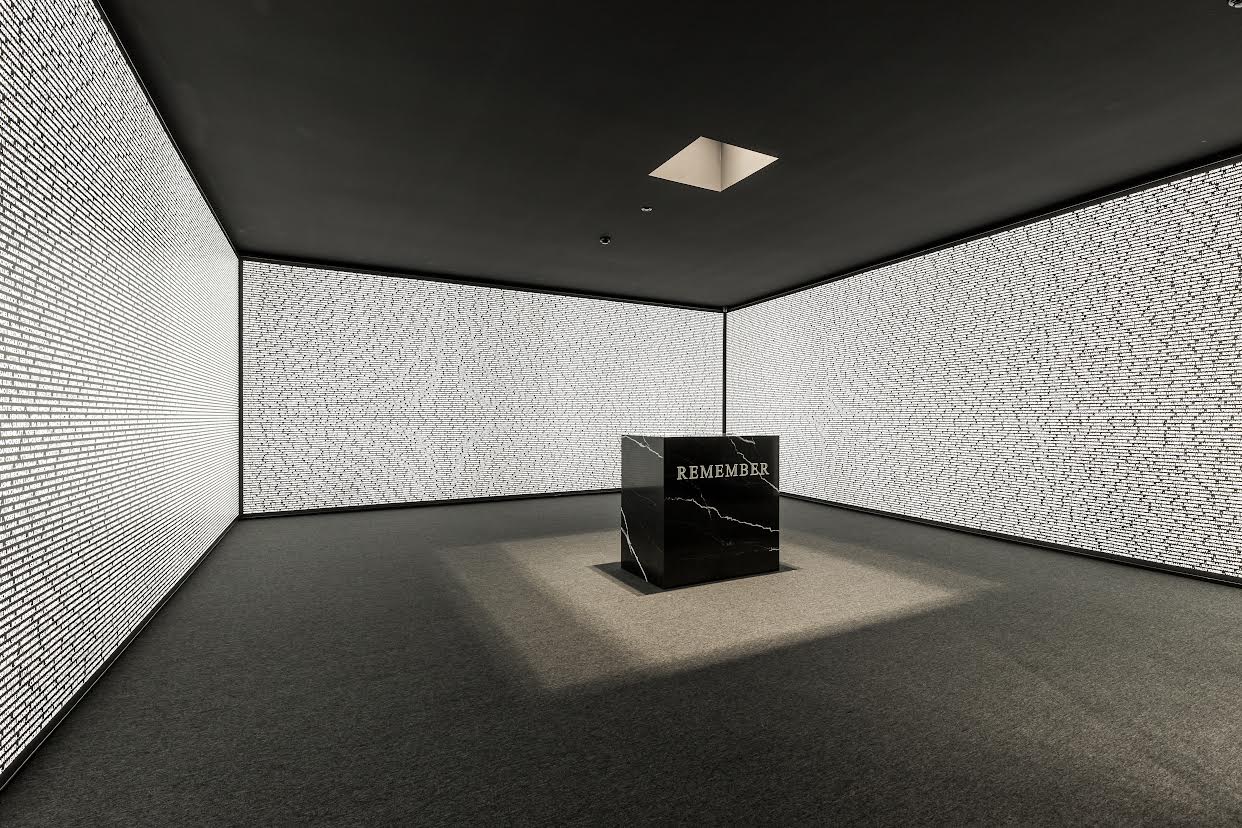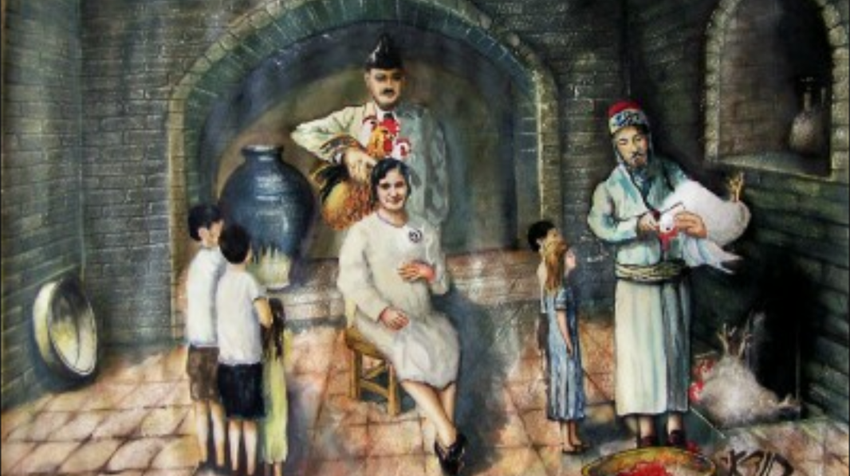Less than a two-hour drive from and southeast of the capital, Sofia, lies Plovdiv, a remarkable ancient Bulgarian city. Plovdiv, known as Europe’s oldest, continuously inhabited city—and one of the oldest cities in the world—is nestled among the famous seven hills along the banks of the Maritsa River. It is here that our Jewish journey begins.
During the Roman imperial period in the 3rd century C.E., the city was called Philippopolis. It is in Plovdiv that the only ancient synagogue in Bulgaria was discovered. At the archaeological museum, visitors can admire a fragmented mosaic floor adorned with a menorah and Greek inscription.
However, the Jewish presence in this region and its surroundings can be traced back even further, as mentioned in the book Bulgarian Jews: Living History by Clive Leviev-Sawyer and Imanuel Marcus. Hellenistic Jewish philosopher Philo of Alexandria, in his letter “On the Embassy to Gaius,” written around 41 or 42 C.E., refers to Jews residing in Thessaly, Boeotia, Macedonia, Aetolia, Attica and Argos.
In the northern part of Bulgaria, specifically in the city of Oescus, which was part of the Roman province of Moesia Inferior, a Latin inscription from the late 2nd century C.E. was discovered. This inscription features a menorah and mentions the archisynagogos (head of the synagogue).
Joseph Benatov, a Hebrew teacher at the University of Pennsylvania who grew up in Sofia’s Jewish community, shared insights with JNS on the history of Jewish communities in Bulgaria. He stated, “The oldest known communities date back to the Roman Empire, the so-called Romaniote Jews, who are the Greek-speaking Jews. And we have clear evidence of organized Jewish communities from that Roman period when Bulgaria was part of the Roman Empire.”
Following the Romaniote Jews, Ashkenazi Jews arrived in Bulgaria during the 13th and 14th centuries, migrating from central Europe, as explained by Benatov, who conducts tours of the area through his travel agency Sephardic Balkans.
“It was only after these two groups that a significant wave of Sephardic Jews arrived and settled in the region, being embraced by the Ottoman Empire following their expulsion from Spain and Portugal in 1492 and 1497,” noted Benatov, who is of pure Sephardic descent. “Upon the arrival of the Sephardic Jews, they essentially assumed control of Jewish life in the region.”
According to Benatov, many Ashkenazi Jews learned Ladino and adopted Sephardic prayer customs, leading to a rise in Ashkenazi-Sephardic marriages, particularly in the late 19th and early 20th centuries. Nonetheless, there were still distinct Ashkenazi communities in Bulgaria in the early 1900s, constituting around 5% of the Jewish population, while the vast majority, 95%, of Bulgarian Jews in the 20th century until World War II were Sephardic. The Sephardim largely absorbed the Romaniotes, unlike the Ashkenazim who maintained a minor presence.
Benatov highlighted the fact that the Bulgarian-Jewish identity is a relatively new development, stemming from Bulgaria’s independence in 1878. Throughout the previous 400 years that Sephardic Jews resided in the region, they primarily identified as Ottoman Jews, considering themselves subjects of the Ottoman Empire, and were closely tied to their respective hometowns.
My wife’s DNA is particularly interesting, as it reflects the historical encounters between the Ashkenazi and Sephardic communities in Bulgaria. On her maternal side, her family is of Sephardic descent. However, the genetic analysis also revealed a percentage of Ashkenazi ancestry, which can be attributed to her great-great-grandfather, Mr. Berenstein.
In April, we embarked on a journey from Tel Aviv to Sofia to explore Bulgaria’s Jewish sites. We were fortunate to have a highly recommended tour guide, a knowledgeable local named Philip Stanimirov, who was recommended by Joseph. Accompanying us on the tour were family members from my hometown of Washington, D.C.
One of the initial highlights of our tour was the awe-inspiring Central Sofia Synagogue. This magnificent house of Jewish worship is not only one of the largest Sephardic synagogues in Europe; it’s also the largest in the Balkan Peninsula. It is an absolute must-visit for any Jewish traveler exploring Bulgaria.
The Moorish Revival synagogue in Sofia, designed by Austrian architect Friedrich Grünanger, was constructed on the site of the previous Ahava ve Chesed synagogue. Completed in 1909, this architectural masterpiece stands as a testament to the Bulgarian people’s renowned tolerance. The Square of Religious Tolerance, located in the heart of Sofia, evokes the ambiance of Jerusalem’s Old City. Within close proximity, one can find the synagogue, the Banya Bashi Mosque, the Eastern Orthodox Hagia Nedelya Cathedral and the Roman Catholic St. Joseph’s Cathedral, which showcase the diverse religious landscape of the area.

The exterior of the Central Sofia Synagogue in the Bulgarian capital’s Square of Religious Tolerance, April 17, 2024. Photo by Joshua Marks.
Benatov highlighted the significant role that the Bulgarian Eastern Orthodox Church played in condemning discrimination against Jews and protecting the community from persecution during World War II and the Holocaust. Metropolitan Kiril of Plovdiv and Metropolitan Stefan of Sofia spearheaded efforts to rescue Bulgaria’s Jews, and both were recognized in 2002 as Righteous Among the Nations at Yad Vashem. They are buried at the Bachkovo Monastery just south of Plovdiv.
In a remarkable act of civil disobedience, Kiril, who would later become the patriarch of the Bulgarian Church, led a group of 300 church members to the train station in Plovdiv. This station was where thousands of Jews were being forcibly packed into boxcars, awaiting transportation to Treblinka. Despite the presence of Nazi SS officers, Kiril fearlessly pushed through and attempted to enter one of the train cars. However, he was prevented from doing so by the guards. Undeterred, he proceeded to walk to the front of the train and made a bold declaration that he would lie down on the tracks if the train were to start moving.
It is worth noting that Stephan, the bishop of Sofia, fully supported Kiril’s actions. In fact, he even sent a letter to the king, warning that if the Jews were deported, he too would lie down on the train tracks as a form of protest.

A plaque commemorating the site where Metropolitan Kiril of Plovdiv protected the local Jews from deportation to the Nazi death camps. Photo by Joshua Marks.
Benatov stated, “This is something that I think Bulgarians are rightly very proud of, that even on the religious level, the Bulgarian East Orthodox Church as a national institution was adamantly pro-Jewish and defensive of its Jewish neighbors and friends in the country.”
The remarkable story of Bulgaria’s nearly 50,000 Jews who were spared from the horrors of the gas chambers during World War II, despite the country’s alliance with Nazi Germany, distinguishes it from many others that willingly handed over their Jewish population for deportation to death camps.
Regrettably, not all Jews under Bulgarian control were saved. In April 1941, the Germans entrusted Bulgarian Tsar Boris III with the administration of Greek Eastern Macedonia, Western Thrace and the Yugoslav provinces of Vardar Macedonia and Pirot.
Under Bulgarian authority, approximately 11,343 Jews were deported to German-held territories (7,122 from Macedonia and 4,221 from Thrace), where the majority met their tragic fate at the Treblinka extermination camp in Nazi-occupied Poland.
One heroic figure who defied the pro-Nazi cabinet was Dimitur Pešev, the deputy speaker of the Parliament. On March 10, 1943, he courageously intervened and prevented the deportation of 8,500 Jews who had already been rounded up and placed on trains bound for Treblinka.
“He single-handedly halted the initial deportation of Bulgarian Jews,” explained Benatov. “Thanks to him, I believe, King Boris III himself later changed his stance and became much more resolute in defending Bulgaria’s Jewish population when the second attempt to deport them occurred.”
Pešev’s hometown of Kyustendil, situated in far western Bulgaria near the borders of Serbia and North Macedonia, is a stop on Benatov’s tours.
In March 2023, Bulgaria commemorated the 80th anniversary of its decision not to deport its Jewish population. Underscoring the mixed legacy of Boris and the strong emotions he elicits today, however, representatives of the Jewish community refused to attend the official ceremony.
These Jewish leaders cite Boris’s alliance with Hitler’s Germany as the leader of a fascist government, his imposition of discriminatory racial laws against Jews and the deportation of the Jews in Bulgaria’s occupied territories.
However, the book Crown of Thorns: The Reign of King Boris III of Bulgaria, 1918-1943, by the late Bulgarian-born journalist Stephane Groueff, offers a more nuanced and sympathetic take on Boris’s wartime legacy.
For example, Groueff writes, “Boris often received foreign Jewish leaders visiting Bulgaria, like the prominent Zionist Nahum Sokoloff, who declared after the audience: ‘You can be proud of your king; he is a friend of ours.’”
Boris died mysteriously after returning from meeting Adolf Hitler in Germany in 1943. He was buried at Rila Monastery, but his remains were removed by Communist authorities and secretly reburied at Vrana Palace, near Sofia. After the fall of Communism, his heart was reinterred at Rila.

The Rila Monastery in Bulgaria’s southwestern Rila Mountains. Photo by Joshua Marks.
While touring Bulgaria, we also visited several Holocaust memorials, including the three stone tablets situated behind the Basilica of Saint Sofia, a 6th-century Byzantine church. These tablets pay homage to the Bulgarian leaders who were instrumental in saving the Jews during that time.

A Holocaust memorial next to the Basilica of Saint Sofia in the Bulgarian capital, April 18, 2024. Photo by Joshua Marks.
Last November, a new Holocaust memorial was revealed at Vazrazhdane Square in the capital city. This monument specifically honors the lawyers, judges and prosecutors who played significant roles in rescue operations during the Holocaust.
Local Jews established the Monument of Gratitude in Plovdiv, Bulgaria’s second-largest city, in 1998. This monument commemorates the successful prevention of the deportation of the city’s Jewish community on March 10, 1943. The inscription on the monument is in Bulgarian, Hebrew and English, expressing gratitude to all those who contributed to the rescue efforts on that day.
This article commenced by discussing an ancient synagogue in Plovdiv. In addition, a contemporary synagogue in the same area was explored, showcasing the continuous presence of Jewish culture in this Balkan country despite challenges and discrimination. Constructed in 1892 following the Ottoman architectural style, the Zion Plovdiv Synagogue stands as the sole functioning Jewish place of worship apart from the Central Sofia Synagogue. Situated amid the traditional Jewish district of Orta Mezar, this Sephardic synagogue underwent a complete restoration in 2003.
The two active synagogues in Bulgaria have numerous empty seats, underscoring the limited number of Hebraic individuals in the country today. This also serves as a poignant reminder that most of Bulgaria’s Sephardic Zionist Jews relocated to Israel following World War II. About 42,000 of the 50,000 surviving Jews made aliyah between 1947 and 1952. Another 3,000-4,000 Jews who endured the Communist era migrated to Israel in 1990, marking the final and most recent wave of aliyah from Bulgaria.

The sanctuary of the Zion Plovdiv Synagogue in southern Bulgaria, April 19, 2024. Photo by Joshua Marks.
Based on the 2011 census, Bulgaria is home to 1,162 Jews. However, the World Jewish Congress estimates that the country’s Jewish population ranges from 2,000 to 6,000 individuals.
Benatov explained that during the Communist period after World War II, there was a significant amount of intermarriage within the Jewish community. As a result, it is common to encounter community members who come from intermarried families. In many cases, only one grandparent may have Jewish heritage, often of Sephardic origin. Nevertheless, the local Jewish community considers all these individuals as full members.
Despite the community’s small size, there has been a revival of Jewish life and a growing acknowledgment of the historical importance of Jews in the region. This phenomenon is evident in Vidin, a port city on the southern bank of the Danube River in northwestern Bulgaria, near the borders of Romania and Serbia.
The city was previously inhabited by a significant Jewish population, reaching its peak at approximately 2,000 Jews just before World War II, constituting 5% of Bulgaria’s Jewish community. Following the war, most of Vidin’s Jewish residents relocated to Israel to start anew. A recent $6 million initiative successfully transformed the deserted 19th-century main synagogue into a cultural center and communal focal point, which Benatov says is “very worth visiting.”
Benatov also recommended visiting Samokov in the southwestern part of the country, an hour’s drive from Sofia, where the wealthy Sephardic dynasty, the Arie family from Vienna, settled and built an empire. One of the Arie family homes has been turned into a museum. A synagogue built by the Arie family is a national historical monument.
The Zionist movement first emerged within the Ashkenazi Jewish communities of central and eastern Europe during the late 1800s. But the Sephardic Jews of Bulgaria stood out as some of the most enthusiastic advocates for the restoration of Jewish self-governance in the ancestral land of Israel.
Benatov asserted that the Bulgarian-Jewish community embraced Theodore Herzl’s concept of a Jewish national home in the eastern Mediterranean because of the groundwork laid by local proto-Zionist organizations. Moreover, the Jewish community in Bulgaria, being more secular, adopted Zionism as the central principle guiding Jewish life, supplanting religion.
According to Benatov, the Bulgarian Jewish community exhibited a strong sense of pride in their Jewish heritage, viewing it from a Zionist perspective.
Bulgaria boasted numerous Zionist organizations, including sports and cultural clubs, camps, women’s groups, international Zionist organizations and Maccabi.
“Zionism truly governed and organized Jewish life in Bulgaria,” Benatov explained. “It served as the foundation for the school system in Jewish schools, which followed a Zionist-driven curriculum emphasizing Hebrew and other subjects of significance to political Zionism.”

A sign outside of the Central Sofia Synagogue in the Bulgarian capital’s Square of Religious Tolerance, April 18, 2024. Photo by Joshua Marks.
Upon their arrival in Israel, most Bulgarian Jews chose to settle in Jaffa, an ancient port city located in southern Tel Aviv. Over time, Jaffa earned the nickname “Little Bulgaria” due to the prevalence of Ladino and Bulgarian languages spoken there.
Similar to their reputation in Bulgaria, the Bulgarian Jews quickly established a positive image in Israel. They were recognized for their strong work ethic, honesty, humility and lack of demanding nature, as stated by Benatov.
Furthermore, the Bulgarian Jews gained recognition for their athletic abilities. In 1949, they founded the Maccabi Jaffa Football Club, which started as the Zionist association of Maccabi Jaffa. The team came close to winning the championship twice during the 1960s and was affectionately known as “The Bulgarians.”
As a successful immigrant community, the Bulgarian Jews gradually expanded beyond Jaffa’s confines and became an integral part of modern Israeli society.
In his book From Sofia to Jaffa: The Jews of Bulgaria and Israel, author Guy H. Haskell describes Jaffa as a sentimental hub for the Bulgarian Jewish population, even as their numbers dwindled. As the new immigrants became more established, they moved on to other areas. Today, only a small community of mostly retirees and their social clubs remain in Jaffa.
My wife’s grandparents were part of the wave of Bulgarian Jews who migrated to Israel. They both came in 1948 when they were just 14 years old, her grandmother aboard the steam merchant Pan York (also known as Kibbutz Galuyot and later Komemiyut) and her grandfather on a rundown ship from Bulgaria. Following David Ben-Gurion’s declaration on the radio, her grandmother joyously joined the crowds dancing in the streets to celebrate Israel’s independence, marking a new beginning for the Sephardic Jews who were expelled from Iberia to the Ottoman Balkans, then Bulgaria, and finally found their home in Israel, the Jewish homeland.
Source: JNS
